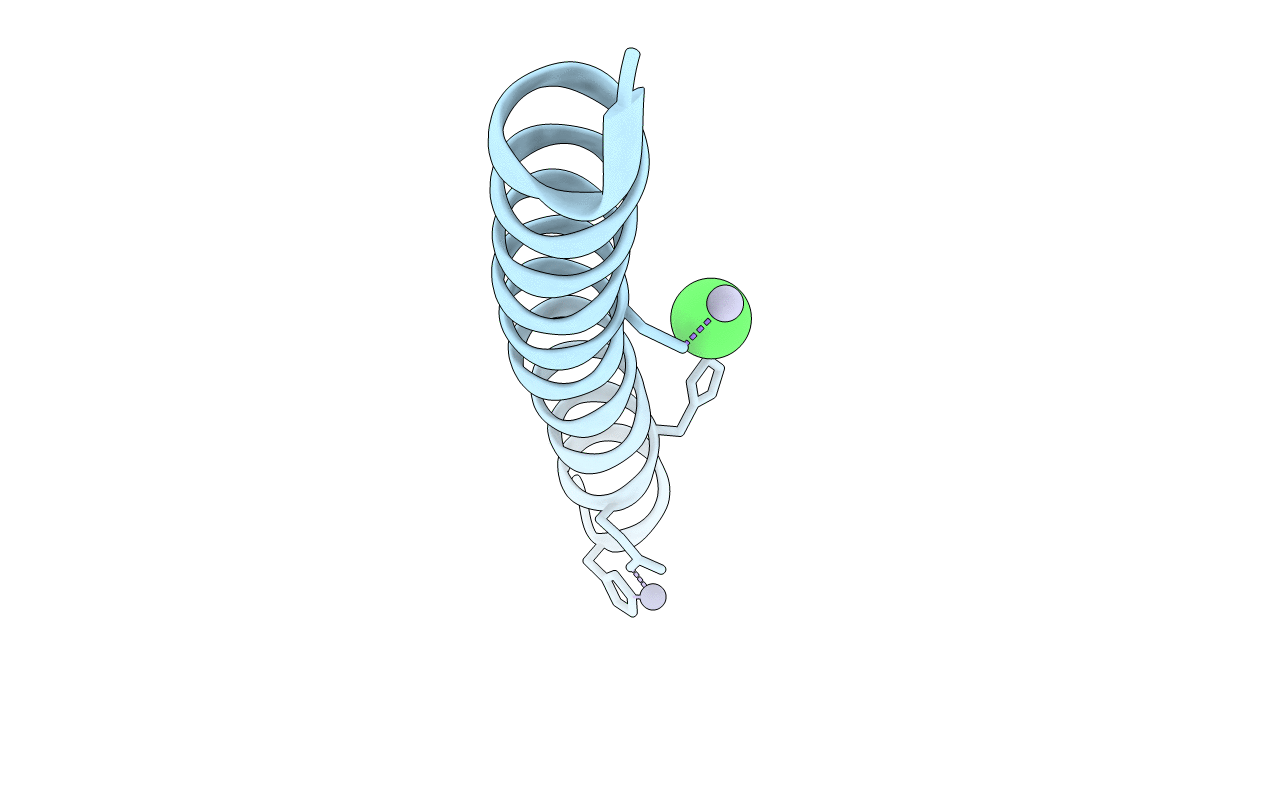
Deposition Date
2016-06-02
Release Date
2016-08-31
Last Version Date
2024-04-03
Entry Detail
PDB ID:
5KB1
Keywords:
Title:
Crystal Structure of a Tris-thiolate Hg(II) Complex in a de Novo Three Stranded Coiled Coil Peptide
Biological Source:
Source Organism:
synthetic construct (Taxon ID: 32630)
Method Details:
Experimental Method:
Resolution:
2.09 Å
R-Value Free:
0.25
R-Value Work:
0.21
R-Value Observed:
0.22
Space Group:
H 3 2


